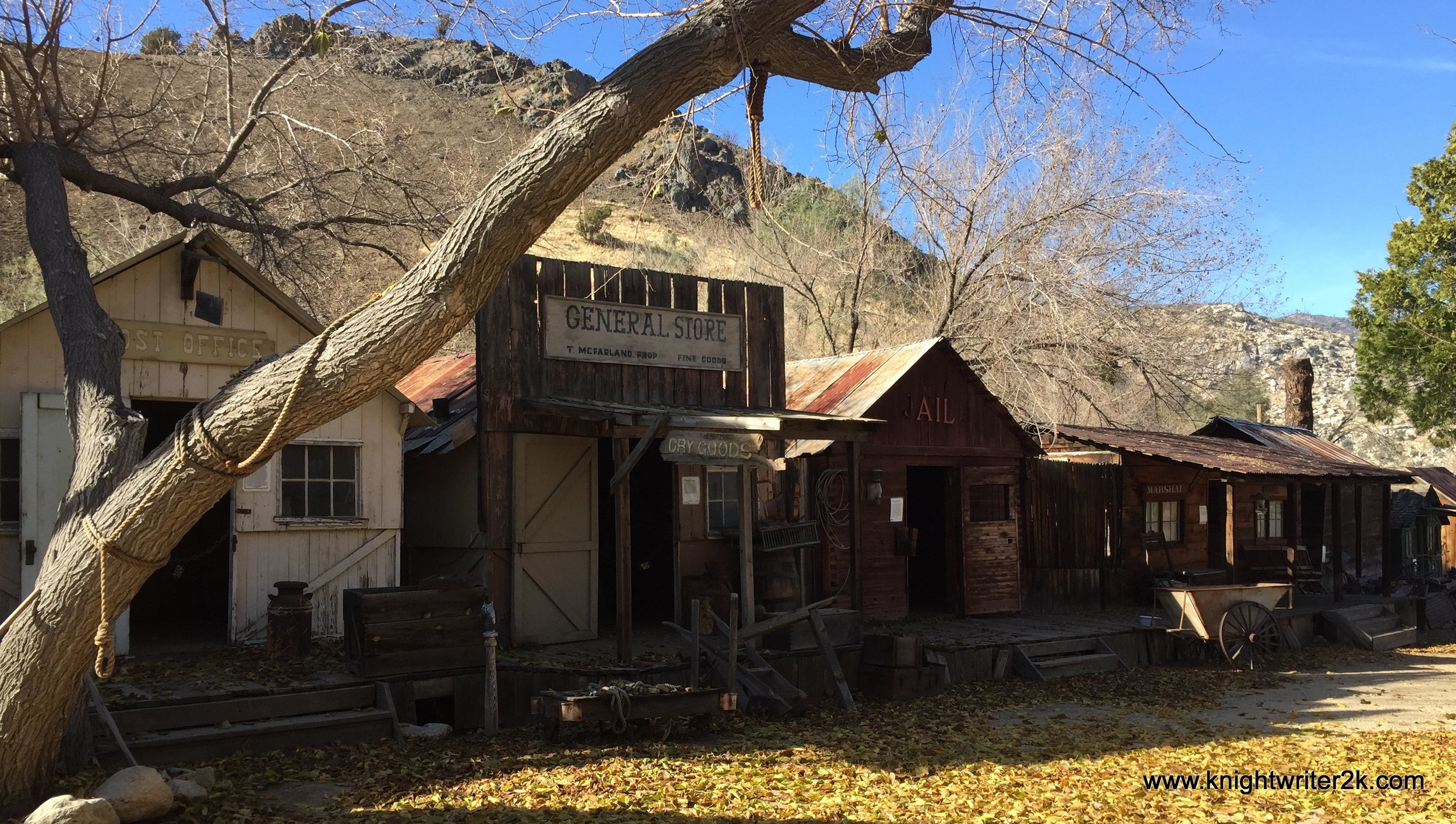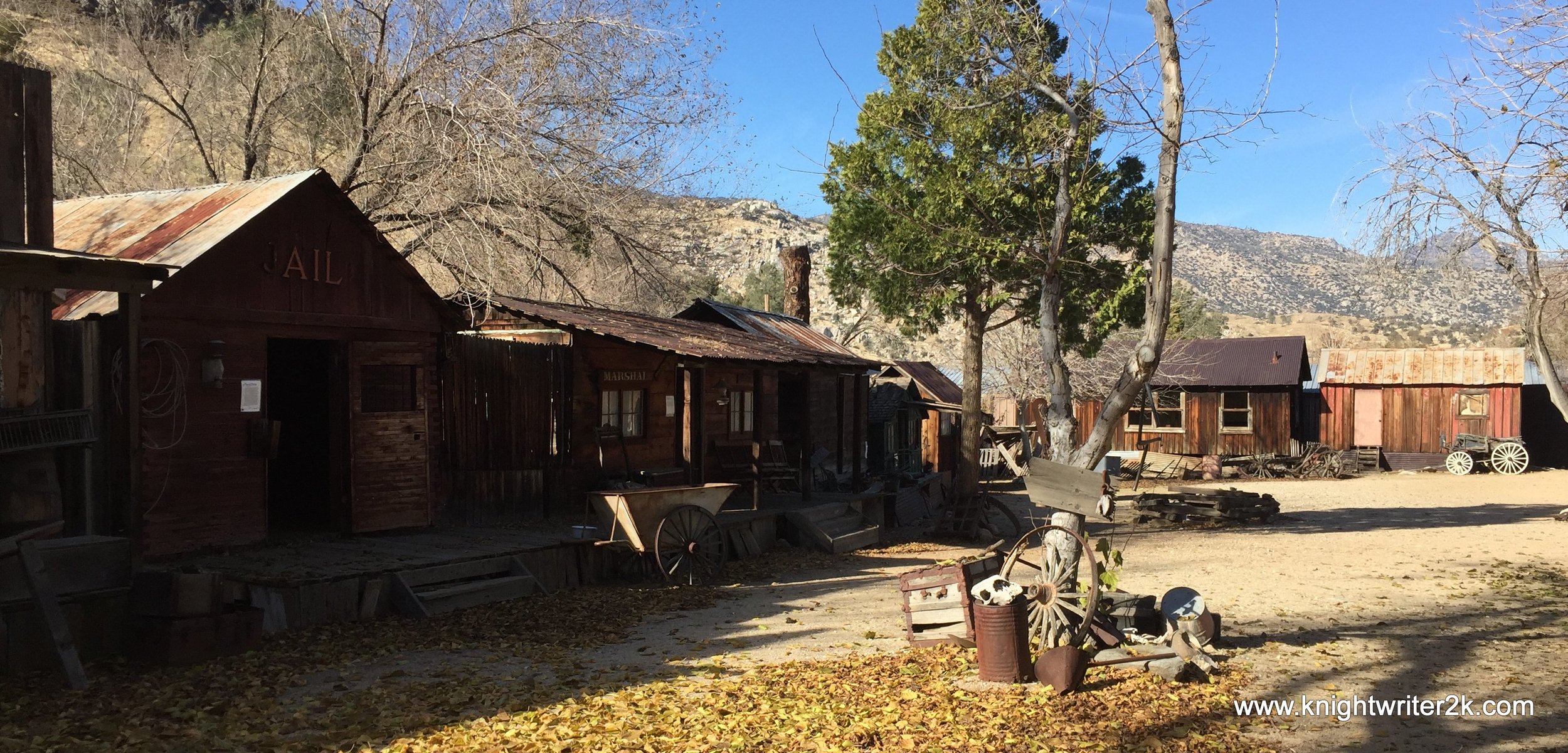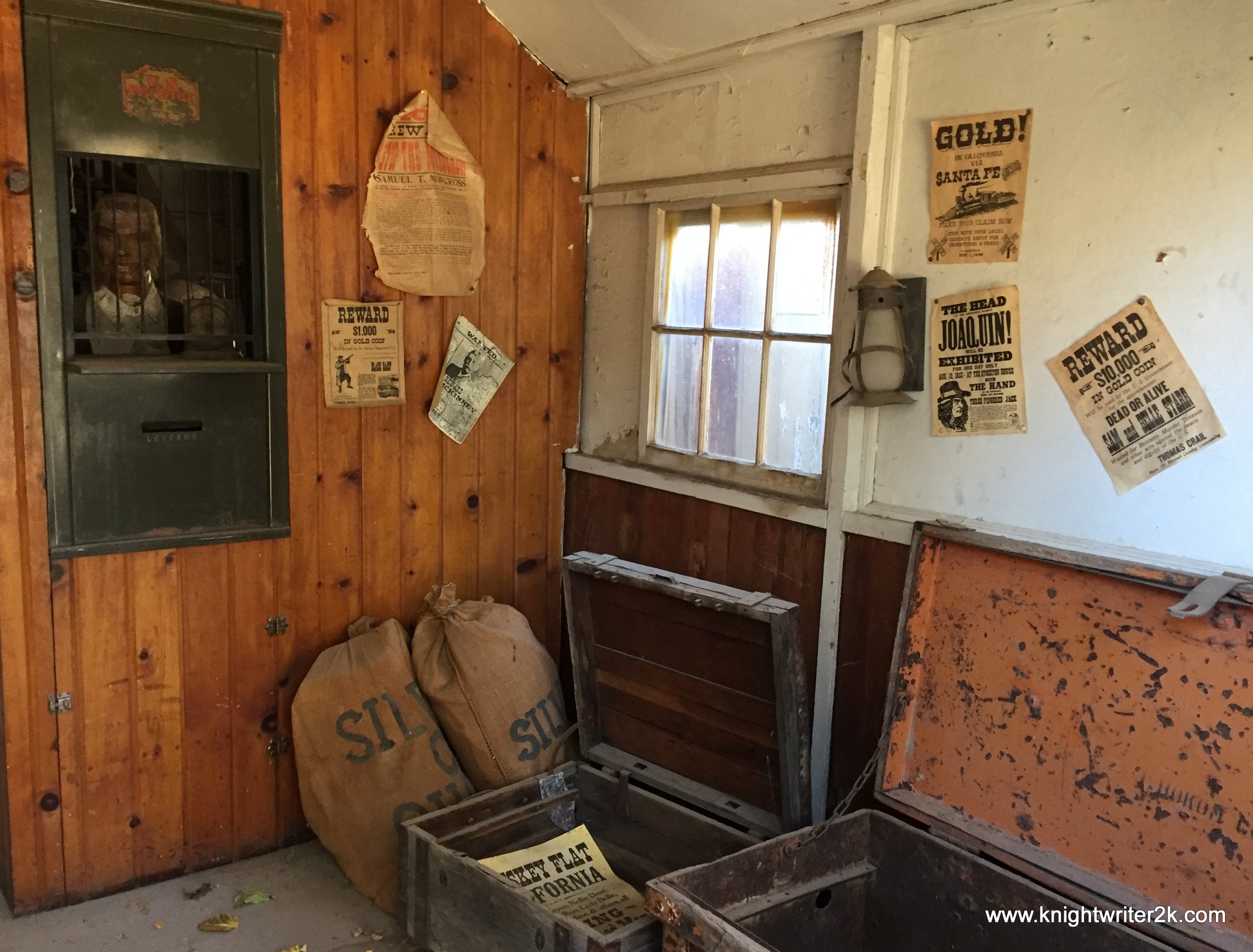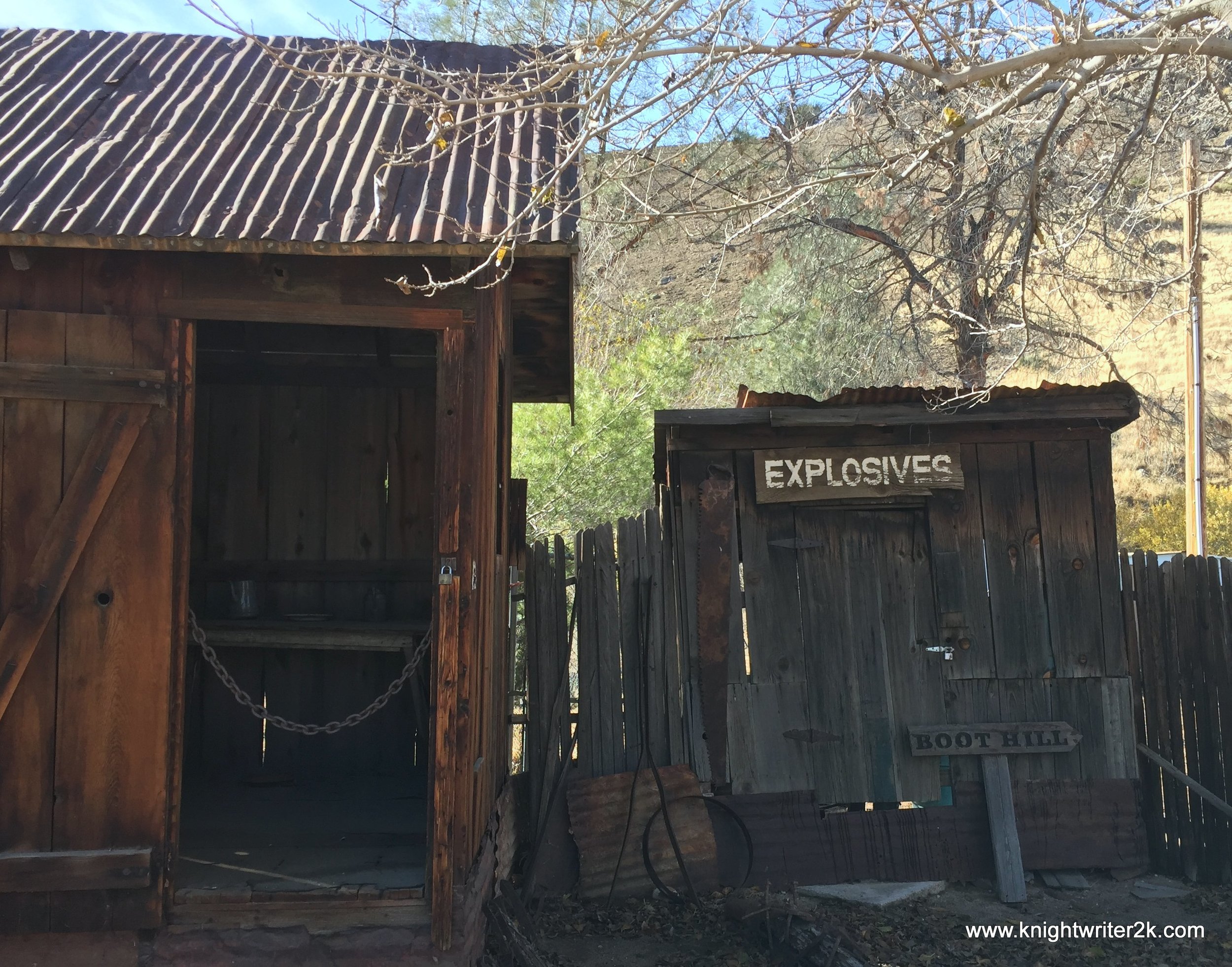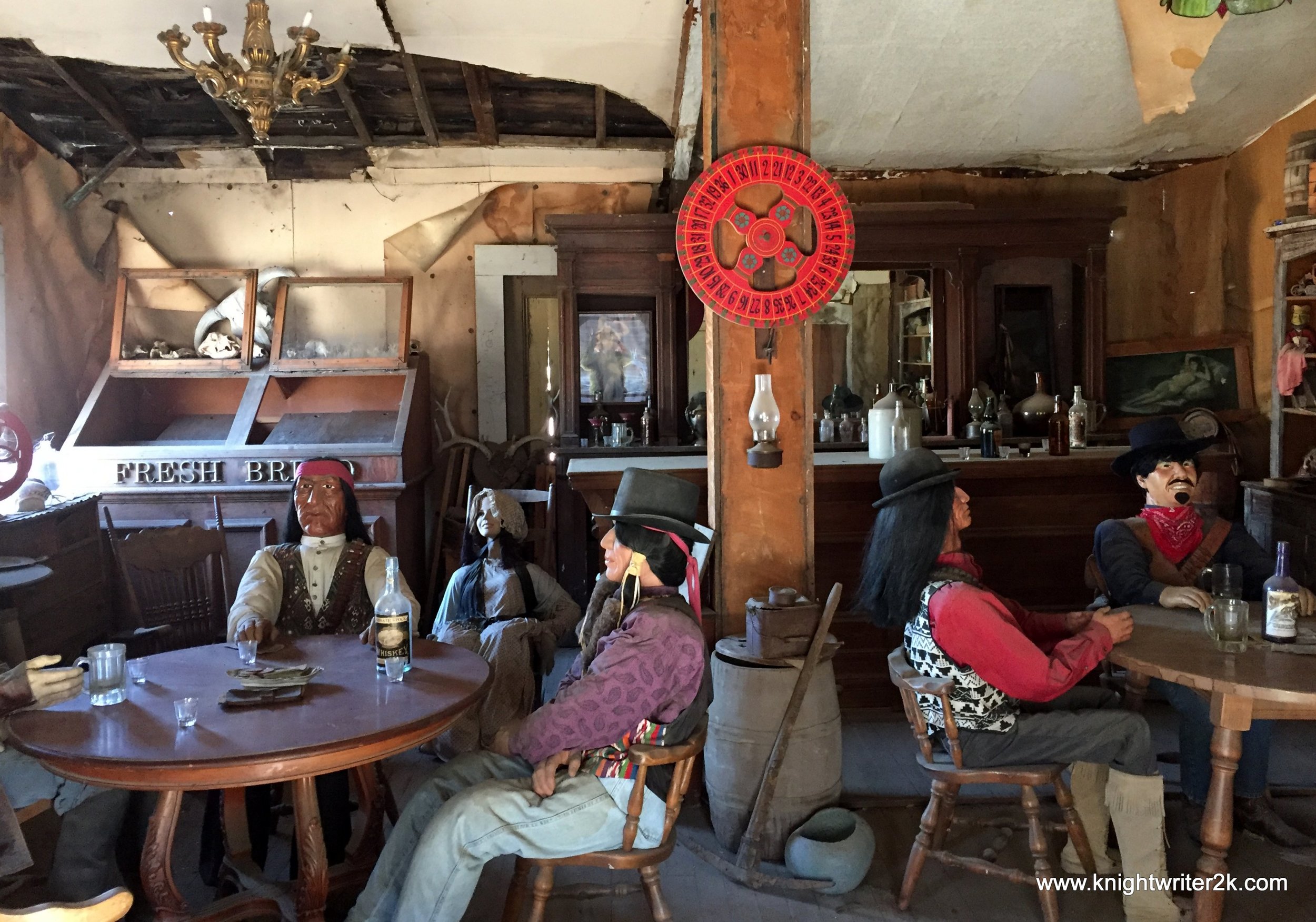California's Central Valley and Silver City Ghost Town
Mavis and I started our long trek east by taking the interior road, California State Route 25 south through the coastal range. It was a treat with its winding curves, up and down action, and the fact that it was virtually empty, save for a trio of Porsches that at one point overtook me. For the first time since I left the Bay Area I lost both data and cell service on my phone; it was hard to believe I was in California. We spent the night listening to flocks of wild turkeys gobbling at Pinnacles National Park, home of the California Condor Recovery Program which releases and manages zoo-bred condors back into the wild. (Sadly, I didn’t get any pictures as my phone was acting up again.) Afterwards we ventured south and east towards Bakersfield, taking Interstate 5 through the Central Valley.
I had heard about the Central Valley of California. It is a flat area nestled between two mountain ranges that although technically a desert in some parts, it has been modified through irrigation to create some of the richest farmland in the United States; one fourth of the food in the country is grown there. As I was traveling through in December and it wasn’t the growing season for a lot of crops, it sure felt and looked like a desert. It was so flat, it made I-80 through Nebraska look like Lombard Street in San Francisco. Sand and dust coated my car. I saw tumbleweeds. It gave me a real appreciation for the scarcity of water in the west, and only through careful conservation and engineering could such a breadbasket be maintained. I left the Interstate and made my way to Bakersfield, stopping at a roadside stand where I bought some farm-fresh pistachios to snack on. Mavis and I bunked at a Motel 6 that evening then the next morning had the oil changed in the van at the local Jiffy Lube. We resumed our trek east, this time going north so that we could eventually see Death Valley.
Bodfish is in a dam failure area.
I’ve talked a lot about the serendipitous nature of a good road trip. At one point as we were trekking west we stopped in a small town to get gas. The town was Bodfish, which wasn’t much to write home about as it seemed to have seen better days, but who am I to judge? The town was in a valley that was in the path of flooding should the local dam give way, which may explain the depressed local economy. (Also, the recent news coming out of Oroville comes to mind.). Once again, I reflected that most everything in the west is tied to and/or threatened by the availability (or unavailability) of water. Anyway, I spied an interesting sign that caught my eye: “Visit the Silver City Ghost Town”. Ghost Town! Oh cool! I had heard there were a lot of ghost towns scattered around the west, usually Nineteenth Century boom towns grown up around mines that grew seemingly overnight and just as quickly abandoned after the mine veins had given out. I’ve always been fascinated by them, it may have been my love of Warner Brothers cartoons or Scooby Doo as a child. I wasn’t missing this!
I gladly paid the $5.50 entrance fee and walked around the grounds. In the late 1960’s a family called Mills started hauling old structures from neighboring ghost towns and created a (excuse the pun) living ghost town by arranging the various buildings in a circle so that you can walk and poke around while being transported in time. While there was a bit of kitsch to the place (most notably the mannequins arranged in period costumes playing cards in the saloon), it was a genuine piece of Americana that would have been missed had the Mills and later Curlew family not stepped in and saved the buildings from the dustbin of time. This is not Disney. This is real. I really feel that the strength of this country lies in the small teaching projects put together by real people who to this day sacrifice a lot to keep it going.
I exited through the gift shop, which in this case was a multi-roomed antique shop with period and other goodies. I chatted briefly with Shawn Curlew, who gave me a few anecdotes about tourism in the area. For instance, he mentioned that they get a lot of Europeans for months at a time particularly in the summer. They always think they can go through Death Valley in the heat of August "because they have air conditioning!" (instant breakdown by the way, engines overheat that much faster when running the a/c. Many rental companies around the area don't cover engine failure due to heat because of this). Feeling flush because I had an actual conversation with another human, I bought a few things, most notably a book put out at the national Bicentennial on the history and contemporary (1976) snapshot of California. I know you’re jealous. I then let Mavis out to do her business, packed her up again and set sail east and north, ending up in Lone Pine for the night.
Pictures below (click to move on to the next picture): A.-B.) A relatively bumpy part of the Central Valley, C.-E.) Exterior of Silver City Ghost Town, F.) A cat lounges outside the Town office, G.-I.) The interior circle of buildings, J.) A mining cart, K.) An artsy-fartsy shot, M.-O.) Exterior/interior of the assay office, notice the mannequin. P.) “Women were scarce in the west”, Q.) Interior of the jail, R.-S.) Interior of domestic quarters, T.-V.) Exterior shots of various buildings, W.-X.) Exterior and interior of a chapel, Y.-Z..) Exterior and interior of a eatery, AA.) An outhouse, BB.) Exterior shot, again, CC.-DD.) Exterior and interior of the saloon. I love the mannequins. EE.) Bicentennial Edition - California Yearbook










